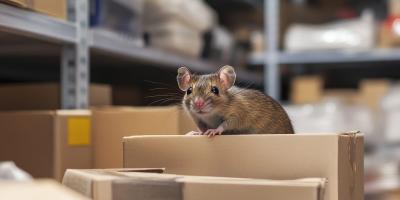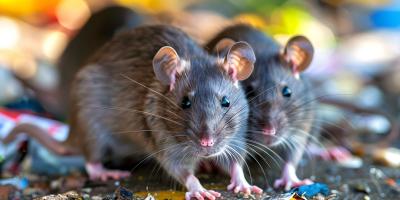Common Mistakes To Avoid In Your Food Processing Facility Pest Control Audit

Nearly all food-handling facilities undergo some form of preparation for a third-party audit. Audits are necessary to ensure that food-processing facilities are in compliance with safety and quality standards, and pest control is a large part of any third-party audit. However, it’s easy to become frustrated with such a massive responsibility when your personnel are required to perform tasks that are outside of their normal routines. If the third-party audit reveals inadequacies in your food safety and quality processes or its pest control programs, the plant will be required to ameliorate these deficiencies and later confirm that these corrective actions have solved the identified problems.
If preparing for an audit sounds like a rigorous undertaking, consider the added work and headaches associated with failing your audit. Avoid the following pest management mistakes when preparing for your next third-party audit:
Failing To Document Changes To Service
If any aspect of your present pest management program does not match the details described in your original signed contract, you must include documentation of the changes, explicitly highlighting why the changes were made. Your documentation should also include a roster of your plant personnel that lists the roles and responsibilities of each employee (as well as outsourced pest professionals) in regards to your integrated pest management (IPM) plan.
Facilities with thorough, accurate records will routinely score higher on the pest control portion of audits than those with inadequate documentation. Be sure that your trap layout maps are up to date and precise. Your schematics should identify the locations of all bait stations, mechanical traps, insect light traps, and any other type of pest traps. Furthermore, your maps should be amended with every change.
Other common documentation mistakes include expired or inaccurate insurance liability forms and applicator licenses, and failure to provide pesticide labels or Safety Data Sheets (SDS).
Inadequate Or Missing Proof Of Pest Management Training
Auditors may require members of your pest management team to produce certification documents proving they have been properly trained. Be sure you can provide proof of your employees’ GMP (Good Manufacturing Practices) training, as well as proof of the IPM service provider’s training in the safe and effective use of all necessary equipment and materials. Certain local regulations will require every person who performs any type of pest management task to produce his or her own certification or registration papers.
Poor Employee Pest Management Training
An inadequate employee training program indicates that your staff may be ill equipped or unprepared to perform pest management duties in a safe, effective manner. Your employees should be trained and educated -- preferably by a professional third-party service -- to understand their specific pest management roles. This training should include safety procedures as well as ongoing “refresher training.” Auditors may require that your employee training be documented, and each member of your staff should receive documentation of his or her completion of training courses. Furthermore, if any of your employees have not finished their education or training, auditors may require documentation of which courses your employees have yet to complete.
Are you worried how your current pest management plan will perform for your next audit? Contact JP Pest Services today for a free commercial consultation. Our service professionals understand the specific requirements to keep New England businesses pest-free and in compliance with food safety standards and regulations.



